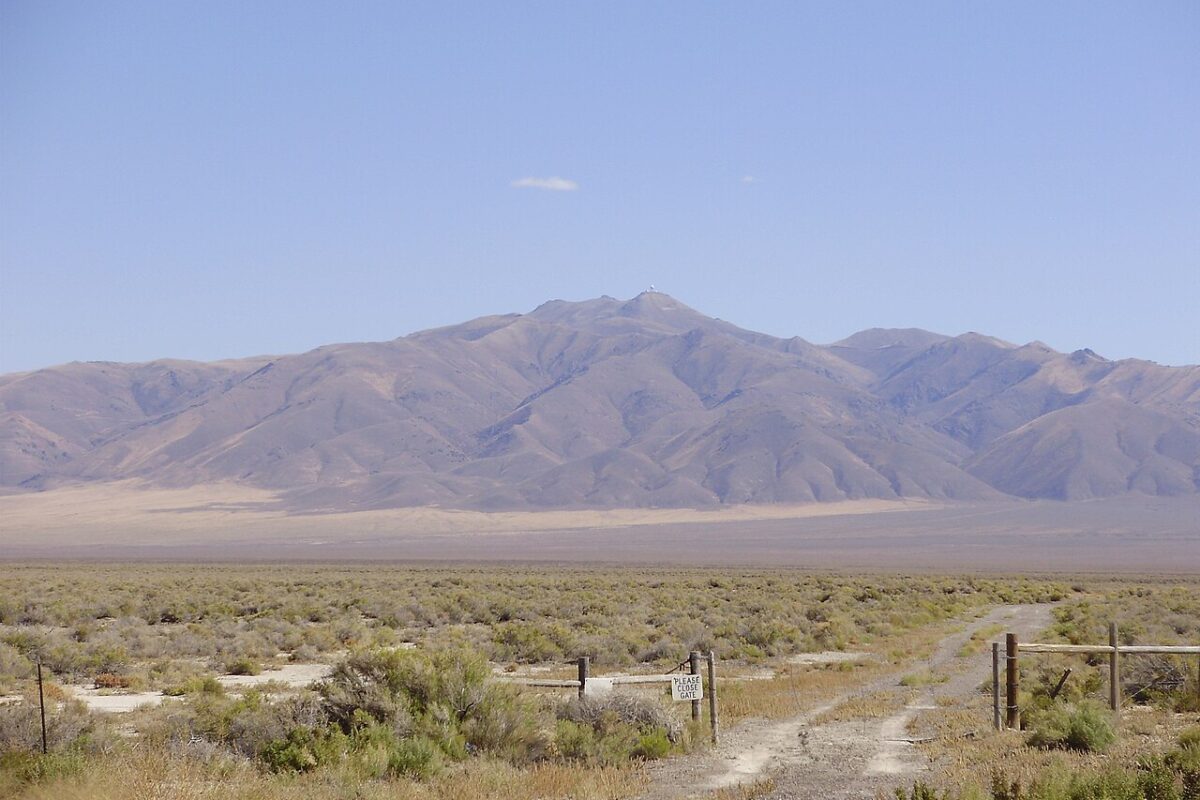As the portion of wind and solar on the grid increase, the need for energy storage to help mitigate the mismatch between supply and demand becomes more intense, and nowhere is this more true than in California. To meet this need and support the Golden State’s ambitious renewable energy targets, California hosts the nation’s largest residential and commercial energy storage subsidy, the Self Generation Incentive Program (SGIP).
On Monday SGIP re-opened with more than $50 million dollars in available subsidies for residential and commercial energy storage systems in its first step alone. As predicted, in most categories the first step with the highest incentive level was fully subscribed within the first 24 hours.
The available subsidies for energy storage systems above 10 kW were fully subscribed in the service areas of three of the four utilities in the first 24 hours, and subsidies for residential systems under 10 kW were fully subscribed in two of the four. As such, in all of these categories applicants will go to a lottery system.
SGIP gives priority to paired solar plus storage systems, as opposed to standalone energy storage.
Winners in the lottery system will receive the incentives at the Step 1 level of $0.50 per watt-hour (Wh), and $0.36/Wh for systems above 10 kW that can claim the federal Investment Tax Credit. Those applications which are not selected via lottery must re-apply for Step 2.
As of the end of the day on Tuesday May 2, residential energy storage incentives were only available in the service areas of Pacific Gas & Electric Company for systems under 10 kW. Step 1 incentives were also still available for systems above 10 kW for Customers of SoCal Gas and the Los Angeles Department of Water and Power – but not residential customers.
San Diego Gas & Electric Company (SDG&E) was the only utility service area where both sets of incentives sold out in the first 24 hours, which is not surprising given that SDG&E has the highest portion of renewable energy deployed of all three large investor-owned utilities in the state. The utility was also the first to transition to Net Metering 2.0 for solar, including mandatory time-of-use rates.
Incentive levels will now fall by $0.05/Wh in the transition to Step 2 (to $0.45-$0.31/Wh), except if all available funds for a program are reserved across all utility service areas within 10 days, in which case incentives fall by $0.10/Wh. This accelerated step down is not triggered by the lottery, but all funds being reserved within 24 hours makes a $0.10 step-down more likely.
The California Solar Energy Industries Association (CALSEIA) has estimated that SGIP Step 1 will support 340 large-scale battery systems and 1,400 residential systems smaller than 10 kW, which will more than double the current capacity of behind-the-meter energy storage in California.
The organization further told pv magazine that all five steps in the program could be fully subscribed by the end of 2017, however CALSEIA staff expressed skepticism as to whether the incentive levels in the final steps of the program will be sufficient to drive energy storage installations.
Correction: This article was corrected at 9 AM EST on May 4. An earlier version of the article stated that the lottery system triggered the accelerated decline of incentive levels, when in fact this happens if all incentives are claimed within 10 days, regardless of the lottery. This has been changed, and we regret the error.
This content is protected by copyright and may not be reused. If you want to cooperate with us and would like to reuse some of our content, please contact: editors@pv-magazine.com.









I financed and installed both solar roof and powerwall battery in April of this year. However, the tesla salesman and installers, never mentioned anything about SGIP. Am I not eligible for this program?
Thank you for any information!
I am not sure whether or not you would qualify. SGIP has budget caps according to both service area, installer and type of installation, so your eligibility would depend on where this installation is, its capacity, whether it is for a home or business, and whether or not Tesla had hit its cap for that type of installation.
These can be seen on the program metrics page: https://www.selfgenca.com/home/program_metrics/
It’s a little confusing with all the various categories and steps, so you may need to contact a program administration to get clarity here.